探索达芬奇(Leonardo da Vinci)的杰作:一次穿越他英语遗产的旅程。达芬奇是文艺复兴时期最伟大的艺术家之一,他的作品如《蒙娜丽莎》、《最后的晚餐》等至今仍被广泛赞誉。本文通过分析达芬奇的英语语言遗产,包括他的手稿、笔记和信件,揭示了他对科学、艺术和哲学的深刻见解。文章还探讨了达芬奇对后世艺术家和思想家的影响,以及他的作品如何继续激发着全球观众和学者的兴趣。通过这次旅程,我们可以更深入地了解这位多才多艺的巨匠,以及他的作品在英语文化中的独特地位。
Leonardo da Vinci, an Italian Renaissance polymath, stands as one of the most influential figures in the history of art and science. His works transcend time, blending the realms of painting, sculpture, architecture, engineering, and even anatomy with a unique blend of creativity and scientific curiosity. This article delves into the English-language exploration of his masterpieces, shedding light on their significance, techniques, and the enduring impact they continue to have on the world.
The Birth of Genius: The Mona Lisa
At the heart of Leonardo's legacy lies "La Gioconda," known universally as "The Mona Lisa." This enigmatic portrait, painted between 1503 and 1506, is more than just a portrait; it is an icon. The enigmatic smile that seems to shift with the viewer's gaze, the subtle use of sfumato (a technique that blends colors to create a sense of atmosphere and depth), and the sitter's enigmatic gaze all contribute to its timeless appeal. The Mona Lisa's fame has transcended national borders and languages, with its English name being a testament to its global recognition. While its original title in Italian is "La Gioconda," it was given its English moniker by the French artist and art dealer Jean-Baptiste-Siméon Chardin in 1824, who believed it resembled a portrait of a "Lisa" from a document he had seen. This name has since become synonymous with the work, reflecting its status as a universal symbol of beauty and mystery.
The Last Supper: A Feast for the Eyes
Leonardo's fresco "The Last Supper" at the Convent of Santa Maria delle Grazie in Milan is another masterpiece that has captivated audiences in English-speaking countries. Completed in 1498, this work depicts the moment when Jesus Christ announces to his disciples that one of them will betray him during the Last Supper. The fresco's impact lies not only in its historical significance but also in its technical brilliance. Leonardo's use of chiaroscuro (the contrast between light and shadow) creates a sense of drama and tension within the composition. The English-language discussion around this work often focuses on its religious and philosophical themes, as well as the challenges faced by restorers in preserving this priceless work against the elements.
Sculpture: The Thinker and Other Works
Leonardo's contributions to sculpture are often overshadowed by his painting achievements, but they are equally remarkable. "The Thinker," also known as "The Homo Ludens," is a marble sculpture depicting a contemplative figure with his chin resting on his hand. This work, though not completed by Leonardo himself but inspired by his designs, embodies his fascination with the human form and the human condition. It has been exhibited worldwide and is widely recognized in English-speaking cultures for its poignant portrayal of thought and emotion.
Technical Innovations and Scientific Exploration
Leonardo's works extend beyond the visual arts; they also encompass scientific and technical innovations. His notebooks, known as codices, contain drawings and observations on anatomy, optics, hydraulics, and more. While many of these ideas were not fully realized during his lifetime, they laid the groundwork for future scientific discoveries. The English-speaking world has been particularly fascinated by Leonardo's approach to science, with works like "De Divina Proportione" (On the Divine Proportion) being translated and discussed extensively. These works not only showcase his artistic prowess but also demonstrate his groundbreaking thinking in the fields of science and engineering.
The Impact on Modern Art and Design
Leonardo's influence extends far beyond his own time. His works have inspired countless artists and designers across generations. In the English-speaking world, his legacy is celebrated through numerous exhibitions, books, and films that explore his techniques, ideas, and impact on contemporary art practices. From abstract expressionists like Jackson Pollock to modern architects like Frank Gehry, Leonardo's legacy continues to be felt through their exploration of form, space, and the human figure. His emphasis on observation and experimentation has become a cornerstone of artistic and design education worldwide.
Conclusion: A Global Phenomenon
Leonardo da Vinci's works have transcended language barriers to become a global phenomenon. The English-language exploration of his masterpieces has played a crucial role in this process

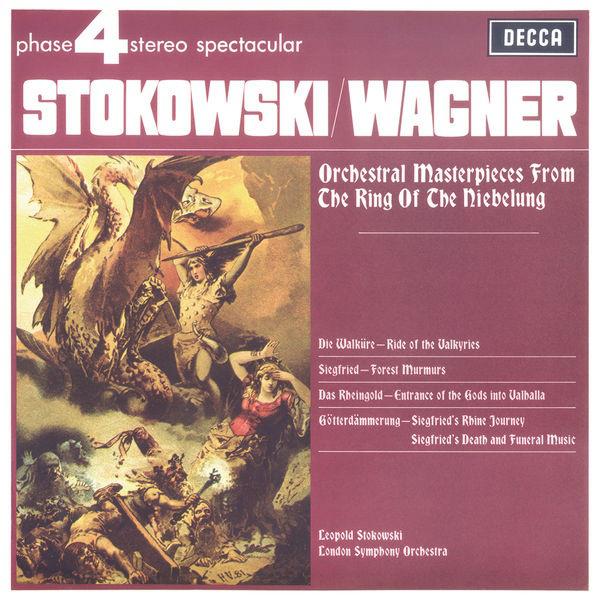

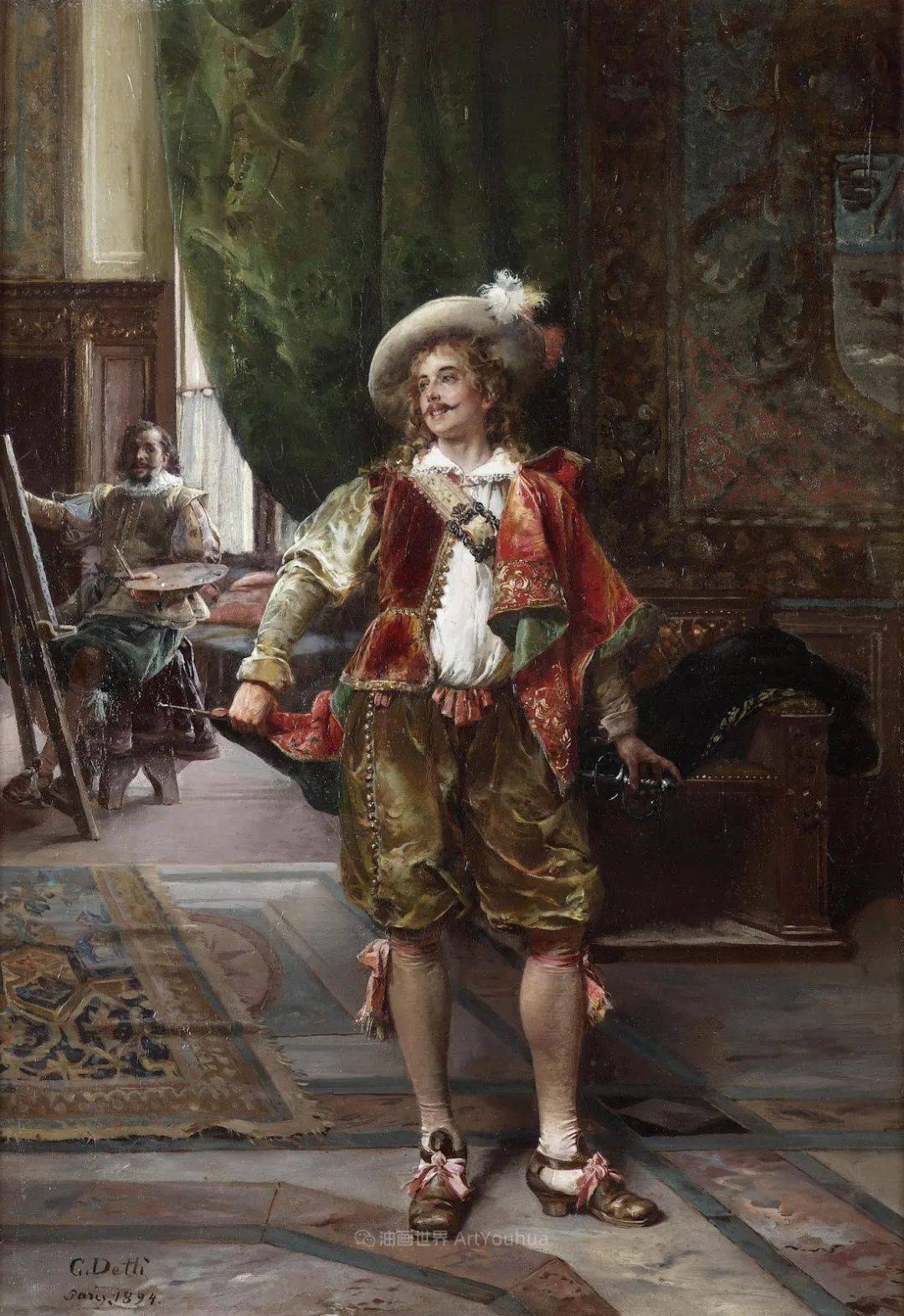
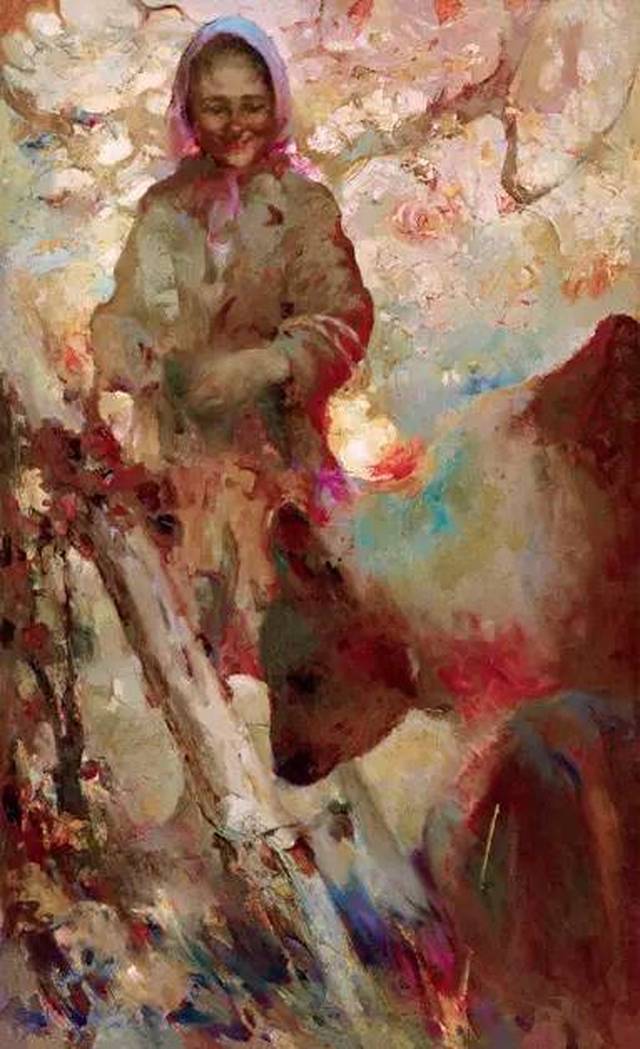
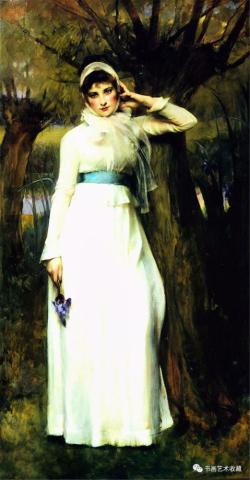
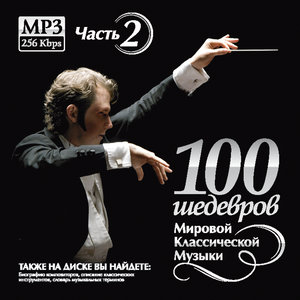
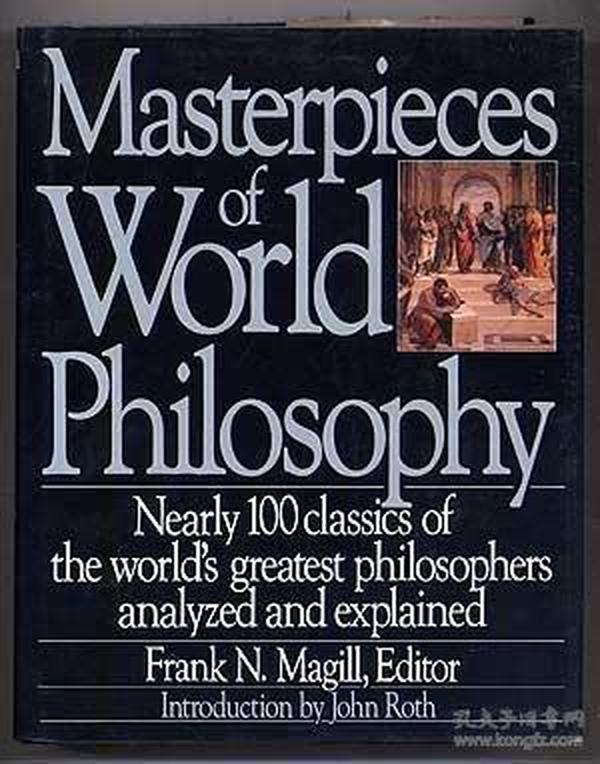
 京公网安备11000000000001号
京公网安备11000000000001号 京ICP备11000001号
京ICP备11000001号
还没有评论,来说两句吧...